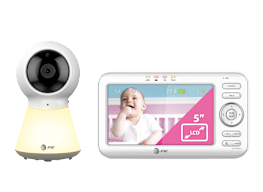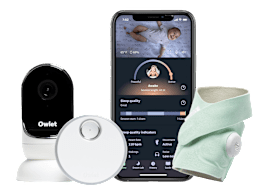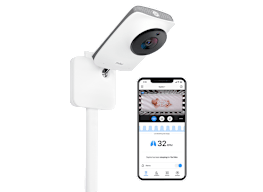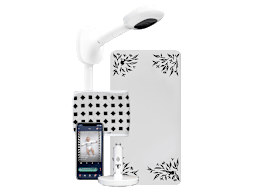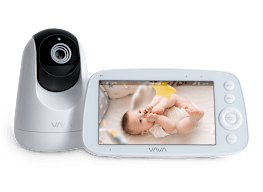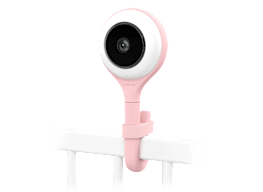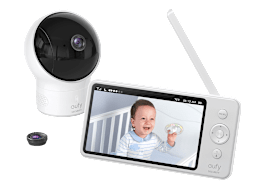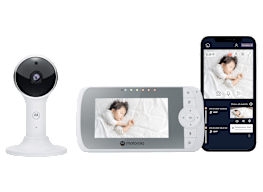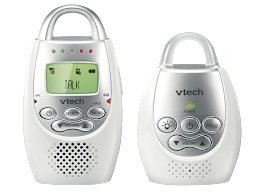Best Baby Monitors of 2023
We tested models from Nanit, Owlet, Vava, VTech, and other top brands. Here are the ones that do best on ease of use, privacy, and security.
When you shop through retailer links on our site, we may earn affiliate commissions. 100% of the fees we collect are used to support our nonprofit mission. Learn more.

Parenthood is a 24-hour-a-day job and, as most new parents quickly realize, you’re not off-duty even when your infant is asleep. That’s where a baby monitor comes in handy, helping parents and caregivers unobtrusively keep tabs on a little one who is sleeping . . . or just waking up. Because for many babies, opening a bedroom door is an automatic wake-up call.
Consumer Reports just finished testing 10 of the most popular baby monitors on the market, from Eufy, Microsoft, Owlet, Vava, VTech, and other popular brands. They range in price from about $40 to $400, but our testers find little correlation between cost and performance. You can get a solid pick for under $100.
















